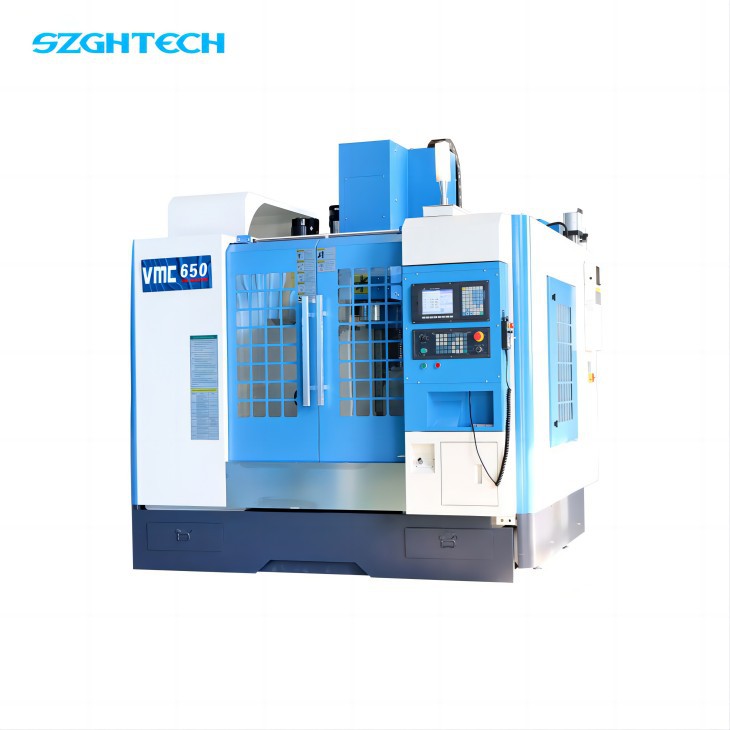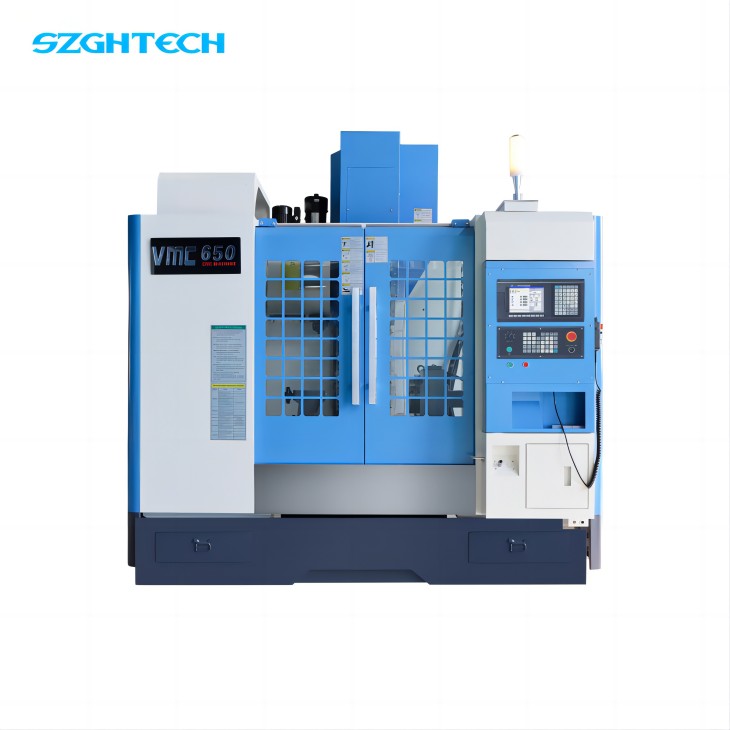1.This series of machine tools is our company's main export mature products, the whole machine structure is compact, beautiful appearance, spindle large torque, high rigidity, stable and reliable performance, with excellent accuracy retention.
2.Optimized design of headstock, suitable for the turning of disc and shaft parts, can be linear, circular, male thread, multi-thread processing, can be applied to the turning of complex shape and high precision disk and shaft parts processing.
3.Machine tool guide rail and slide saddle guide rail are made of special materials, high frequency quenching, super hard and wear-resistant, durable, good processing accuracy.
4.Adopt domestic famous ball screw and high precision screw bearing.
5.Each lubrication point uses a forced automatic lubrication device for fixed point quantitative lubrication of lead screw and guide rail, when there is an abnormal state or insufficient oil, automatically generate a warning signal.
6.The guide rail is equipped with a scraping device to prevent the guide rail from being corroded by iron filings and coolant, and to facilitate the cleaning of iron filings.
7.The machine adopts high strength cast iron, adding special materials of copper and chromium, the width of the bed guide rail is 600mm, and the quenching depth of the bed guide rail is 4mm, which effectively improves the wear resistance and stability of the machine tool.
8.The machine headstock lubrication adopts cycloidal pump for circulation and forced lubrication, which ensures the cleanliness and heat dissipation characteristics of the headstock in hot weather, and effectively extends the service life of bearings and gears.
9.The machine adopts domestic brand screw, and the wire mother adopts high-quality bronze alloy to ensure wear resistance and accuracy.

|
NO. |
Name |
Brand |
|
1 |
CNC system |
---------- |
|
2 |
Main motor |
---------- |
|
3 |
X/Y/ Z axis motor, driver |
---------- |
|
4 |
Ballscrew |
GZB/ FZC/ QIJIAN ( Taiwan) |
|
5 |
Ballscrew bearing |
SKF/ NSK/ CSPG( Japan) |
|
6 |
Linear guides |
Hiwin ( Taiwan) |
|
7 |
Spindle |
OKADA/ VOL IS/ AIMACH( Taiwan) |
|
8 |
Precision locknut |
YINSH/ SWIFT ( Taiwan) |
|
9 |
Heat exchanger |
WEN HENG/ XIN FU ( Joint- venture) |
|
10 |
Automatic lubricating system |
HERG/ DA MA IT IA N ( Japan/ Taiwan) |
|
11 |
Pneumatic system main components |
AirTAC/CHWANG ( Taiwan) |
|
12 |
Cooling pump |
Deyang/OURUISI ( Joint-venture) |
|
13 |
ATC- 16 |
OKADA/ AIMACH( Taiwan) |






